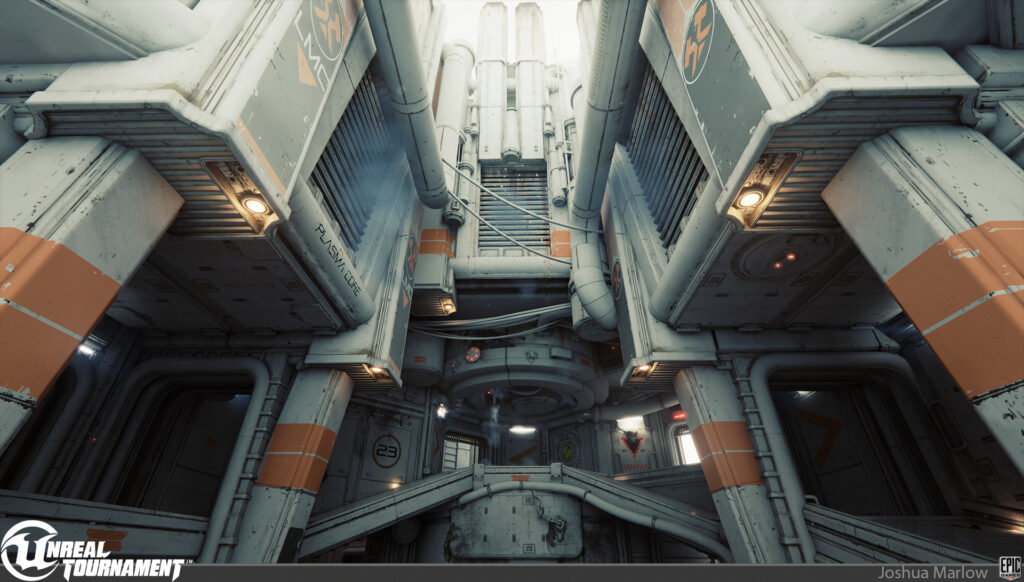The Nostalgic Resurgence of Classic FPS Elements
The gaming industry has always been a cycle of innovation and reinvention, but in recent years, a unique trend has emerged: the revival of retro first-person shooter (FPS) design principles in modern strategy multiplayer online games (MMOs). Titles like Returnal and Resident Evil Village have reignited interest in pixelated visuals, limited inventory systems, and nonlinear storytelling—hallmarks of the 1990s and early 2000s FPS era. This nostalgic shift isn’t just about aesthetics; it’s reshaping how strategy MMOs approach player engagement, resource management, and combat dynamics across PC, PS5, and Xbox platforms.
Classic FPS games, such as Wolfenstein 3D and Quake, emphasized simplicity, fast-paced action, and a focus on exploration. These elements are now being reimagined in strategy MMOs to create more immersive and player-driven experiences. By blending retro mechanics with modern online infrastructure, developers are crafting games that appeal to both longtime fans and new audiences, proving that old ideas can still drive innovation.
How Retro FPS Design Influences Strategy MMOs
1. Core Mechanics: Simplicity and Player Agency
Retro FPS games often relied on intuitive controls and minimalistic interfaces, allowing players to focus on exploration and combat. Strategy MMOs are adopting this philosophy to streamline complex systems. For example, games like Starborne and Project: Eternity use simplified UIs and direct resource management, reducing the cognitive load on players while maintaining strategic depth.
Key retro FPS mechanics influencing strategy MMOs include:
- Inventory Limitations: Classic FPS titles like Half-Life restricted players to a limited number of weapons and items, forcing creative problem-solving. Modern MMOs now implement similar constraints to encourage strategic planning during missions.
- Fast-Paced Combat: The urgency of retro FPS encounters, where every bullet counted, is being mirrored in strategy MMOs through time-sensitive objectives and dynamic enemy AI.
- Exploration-Driven Progression: Games like Dark Souls and Metroid Prime rewarded curiosity, a concept now integrated into MMOs through hidden quests and environmental storytelling.
2. Visual and Audio Aesthetics: Pixel Art and Immersive Soundscapes
The visual language of retro FPS games—think 16-bit textures, limited color palettes, and pixel-perfect design—is being embraced by strategy MMOs to evoke a sense of nostalgia. Titles such as Pixel Gun 3D and Stardew Valley demonstrate how pixel art can enhance both aesthetics and gameplay, making environments feel more tactile and intentional.
Audio design is another area where retro FPS influences are evident. The use of 8-bit soundtracks and ambient noise from older titles creates a unique atmosphere that complements the strategic elements of MMOs. This auditory nostalgia helps players connect emotionally to the game world, enhancing immersion and replayability.
3. Narrative and Worldbuilding: Linear vs. Emergent Storytelling
While modern strategy MMOs often feature sprawling open worlds, retro FPS games leaned into linear narratives with branching choices. This approach is now being used to craft more focused, emotionally resonant stories within MMO frameworks. Games like Outer Wilds and The Outer Worlds blend scripted events with player decisions, creating a hybrid model that feels both familiar and fresh.
Emergent storytelling, a staple of retro FPS games, is also gaining traction in strategy MMOs. By allowing player actions to shape the narrative, developers create a sense of ownership and unpredictability that mirrors the classic genre’s charm.
Case Studies: Retro FPS Elements in Modern Strategy MMOs
Example 1: Starborne and the FPS-Inspired Combat Loop
Starborne, a space-based strategy MMO, incorporates retro FPS mechanics into its combat system. Players control a spaceship with a limited arsenal, requiring them to prioritize weapons and manage ammo carefully. This mirrors the resource management seen in Quake and DOOM, where every shot had to be calculated.
The game’s fast-paced, real-time battles are reminiscent of classic FPS titles, but with a strategic layer. Players must balance ship upgrades, crew roles, and mission objectives—echoing the tactical depth of Half-Life’s puzzle-solving and combat sequences.
Example 2: Project: Eternity and the Power of Exploration
Project: Eternity draws heavily from the exploration mechanics of System Shock and Deus Ex. Its open-world design encourages players to uncover secrets, interact with NPCs, and solve environmental puzzles—all while managing a team of characters with unique skills.
This blend of exploration and strategy creates a sense of discovery that’s rare in traditional MMOs. Players feel rewarded not just for combat prowess but for their ability to navigate and understand the game world, much like in the golden age of FPS games.



